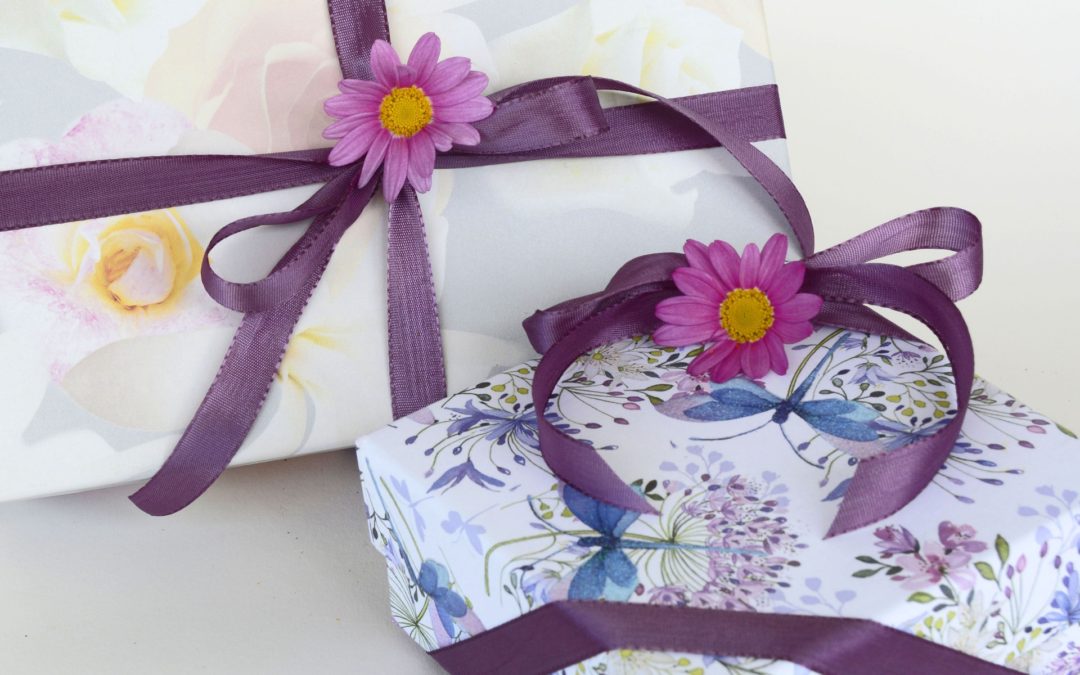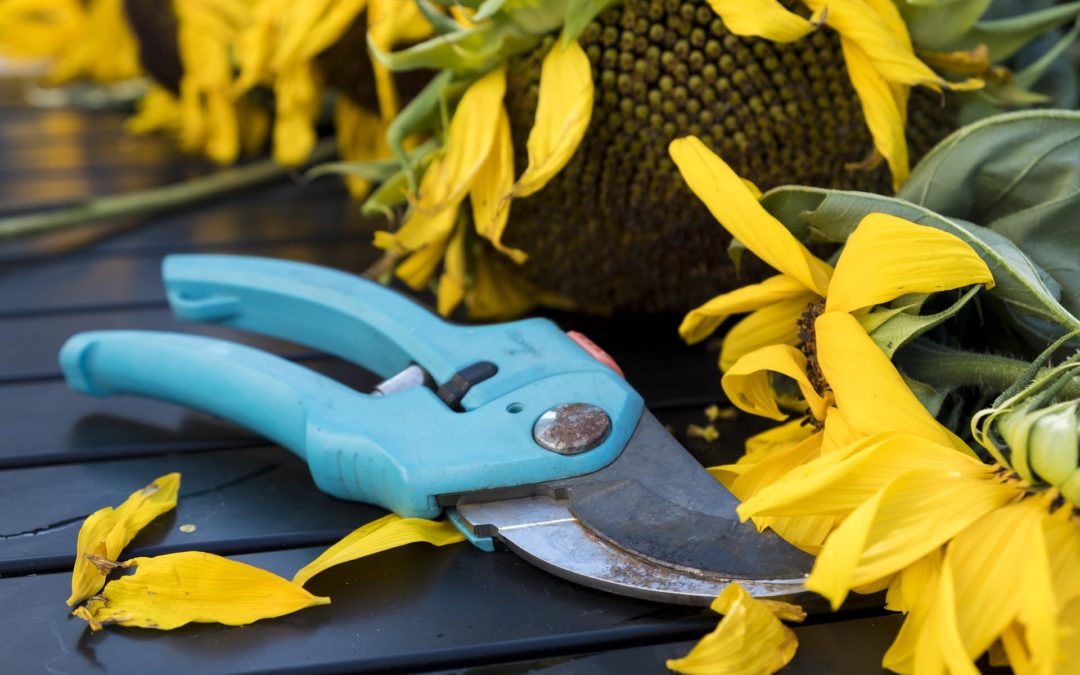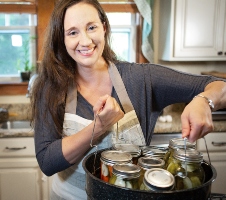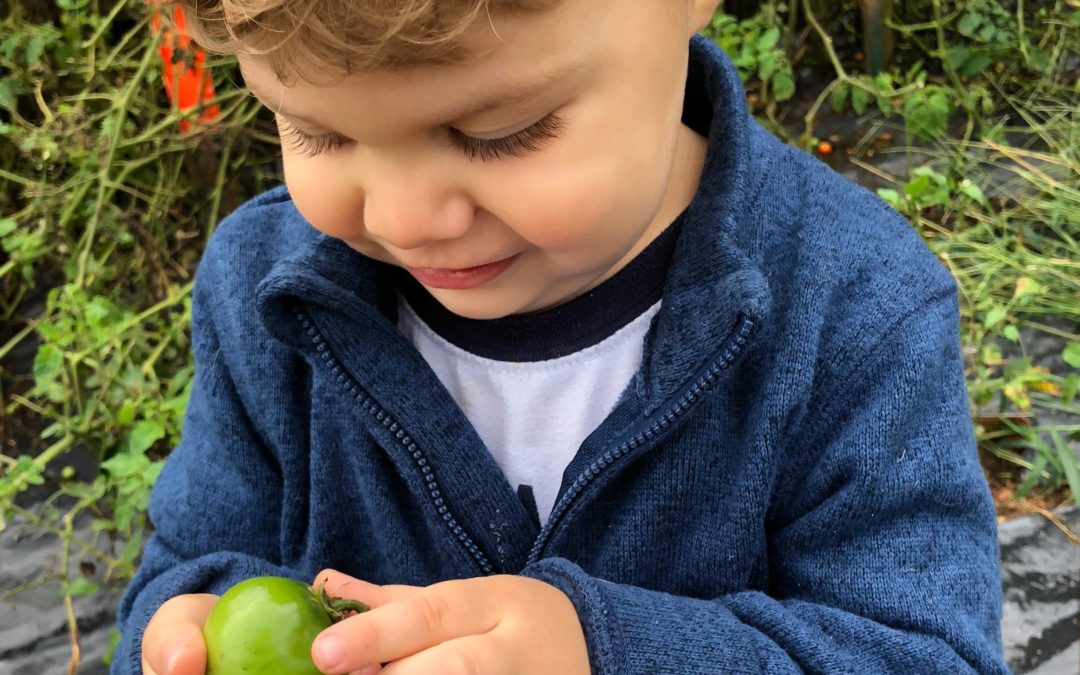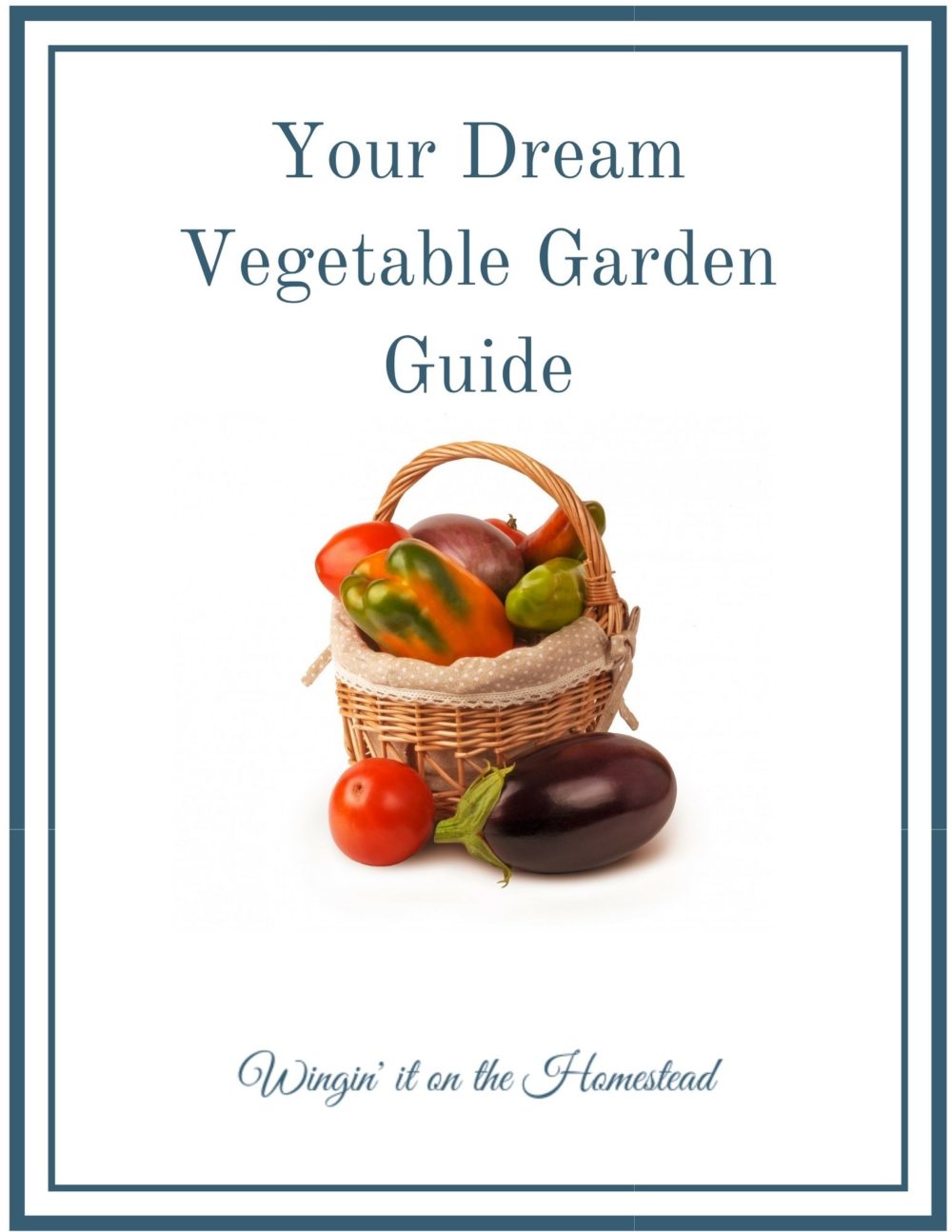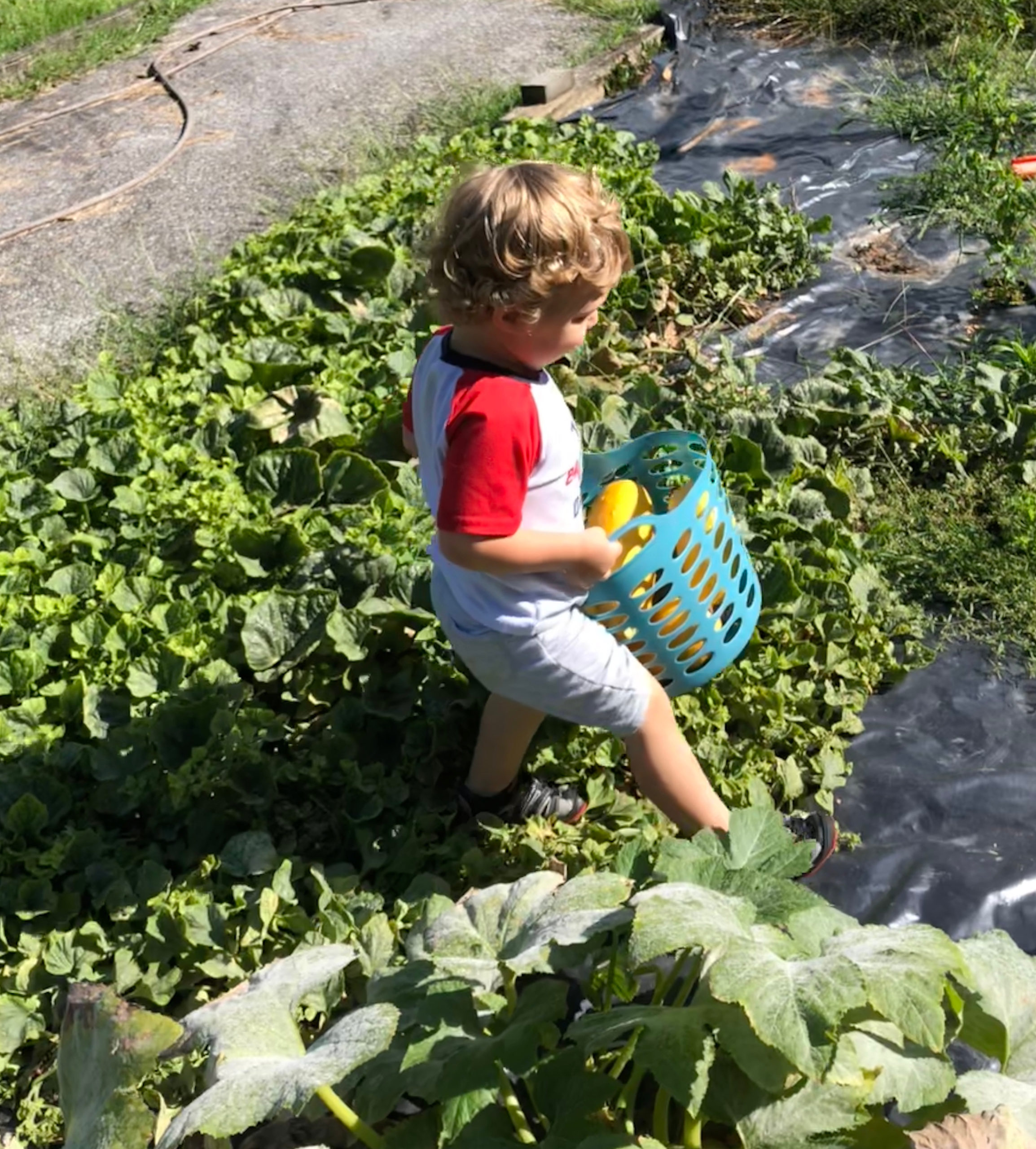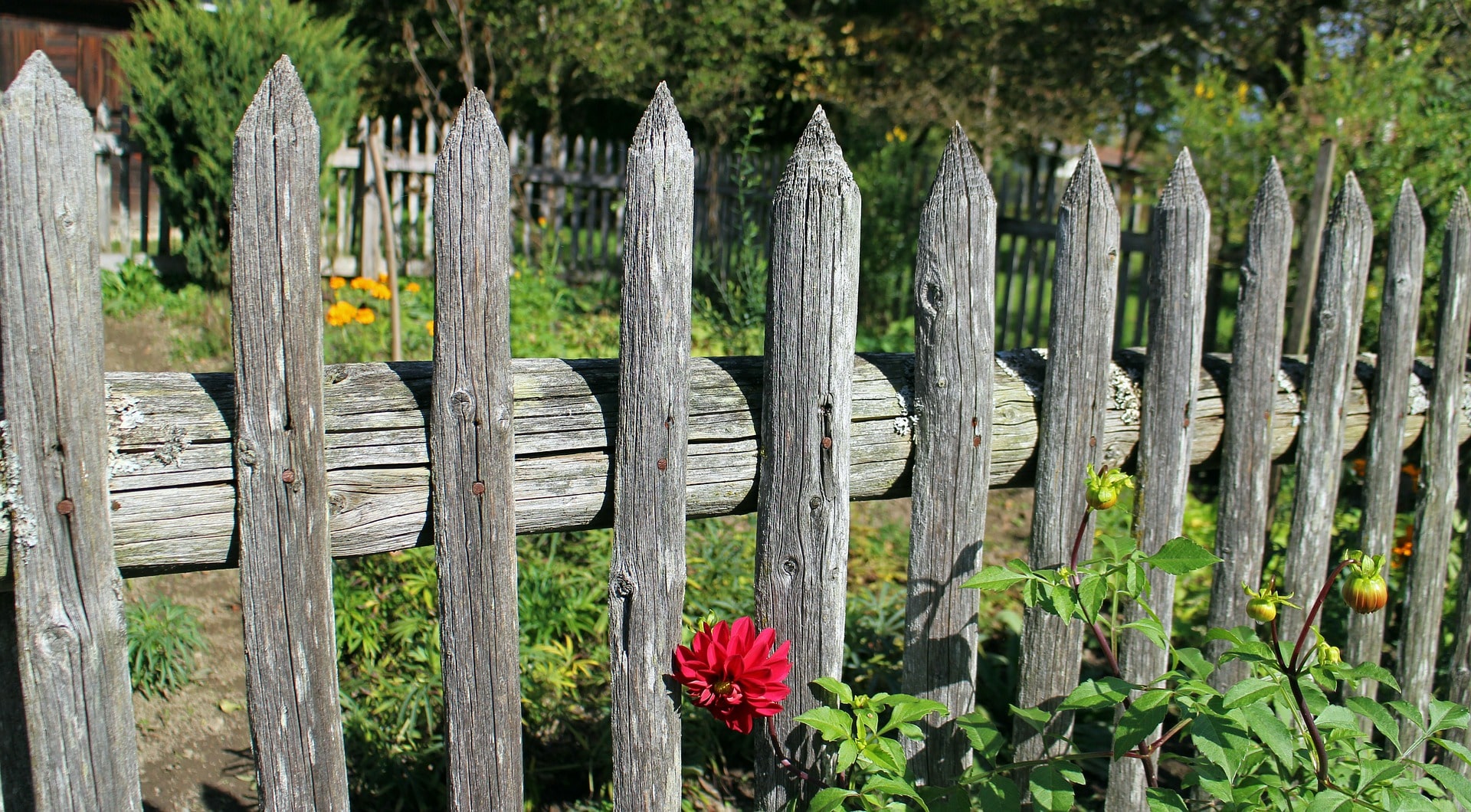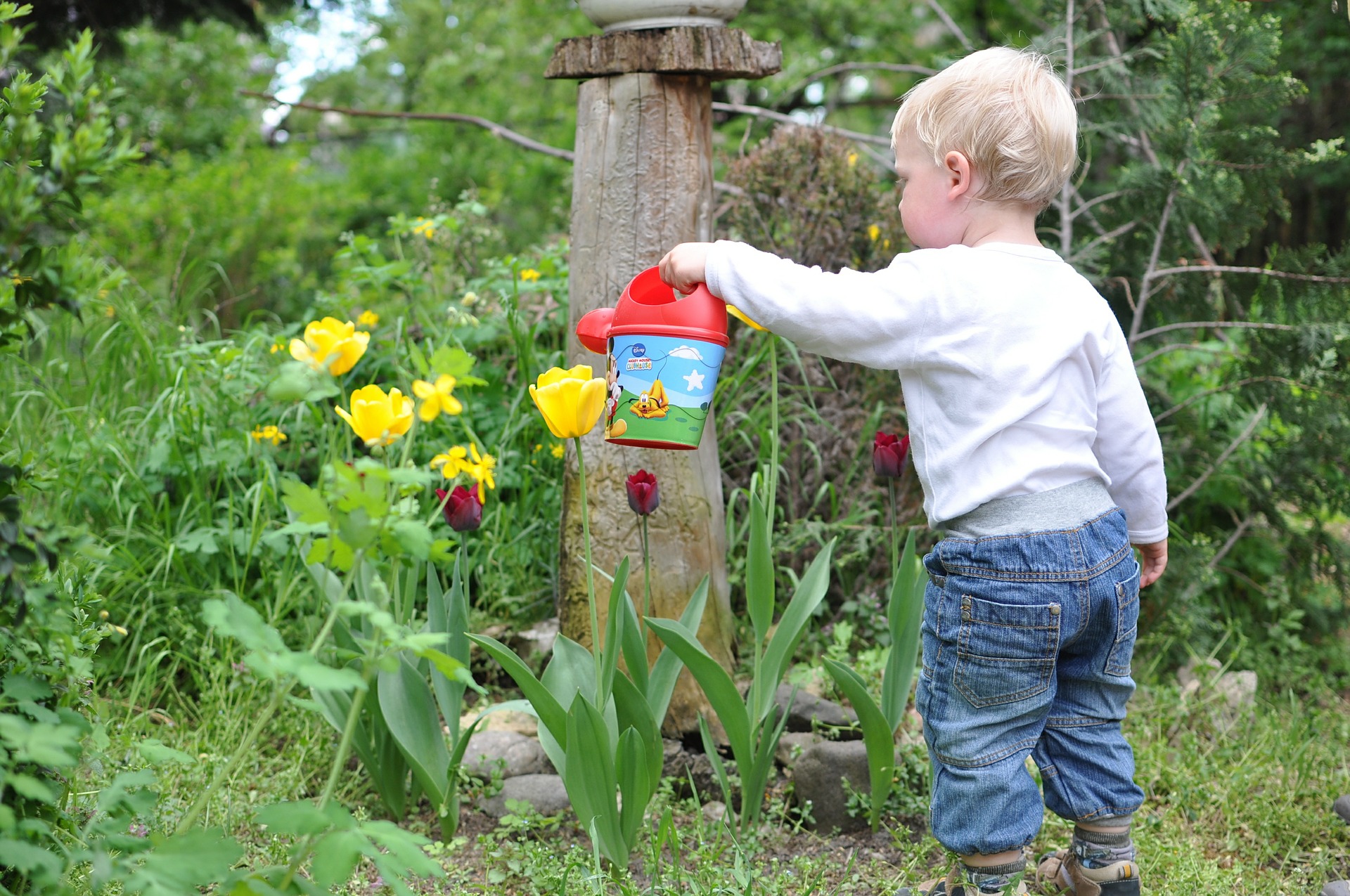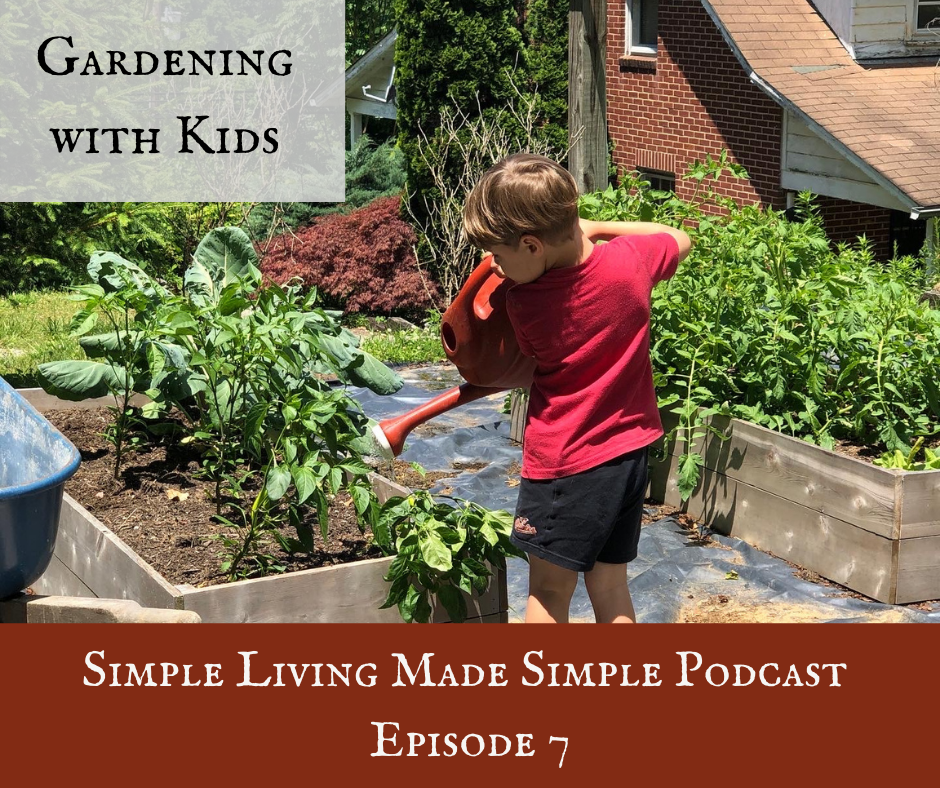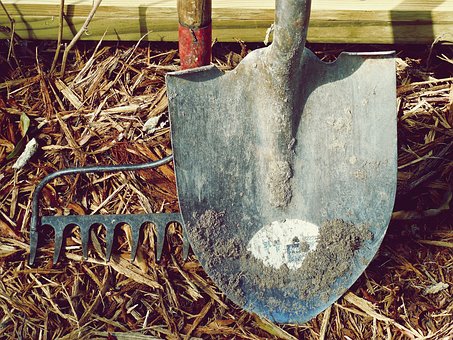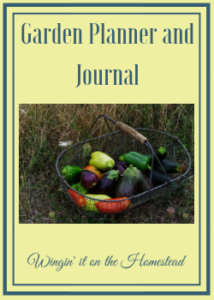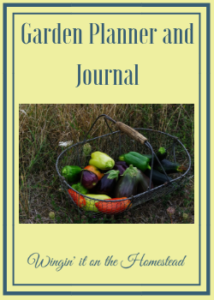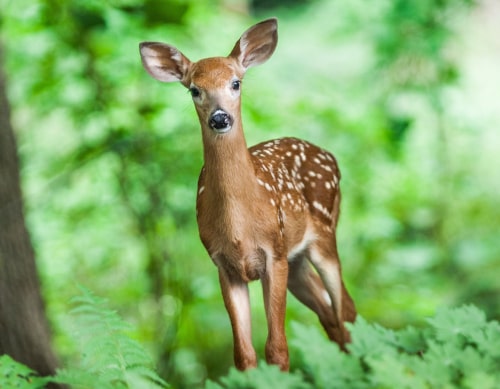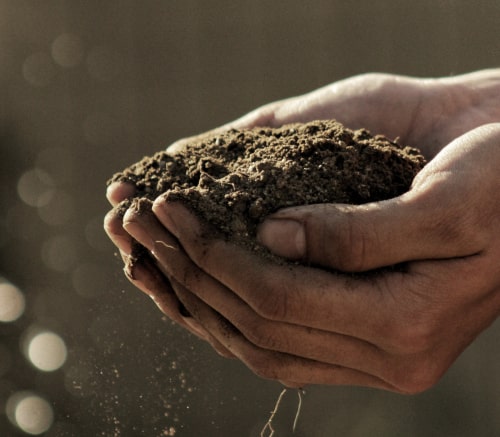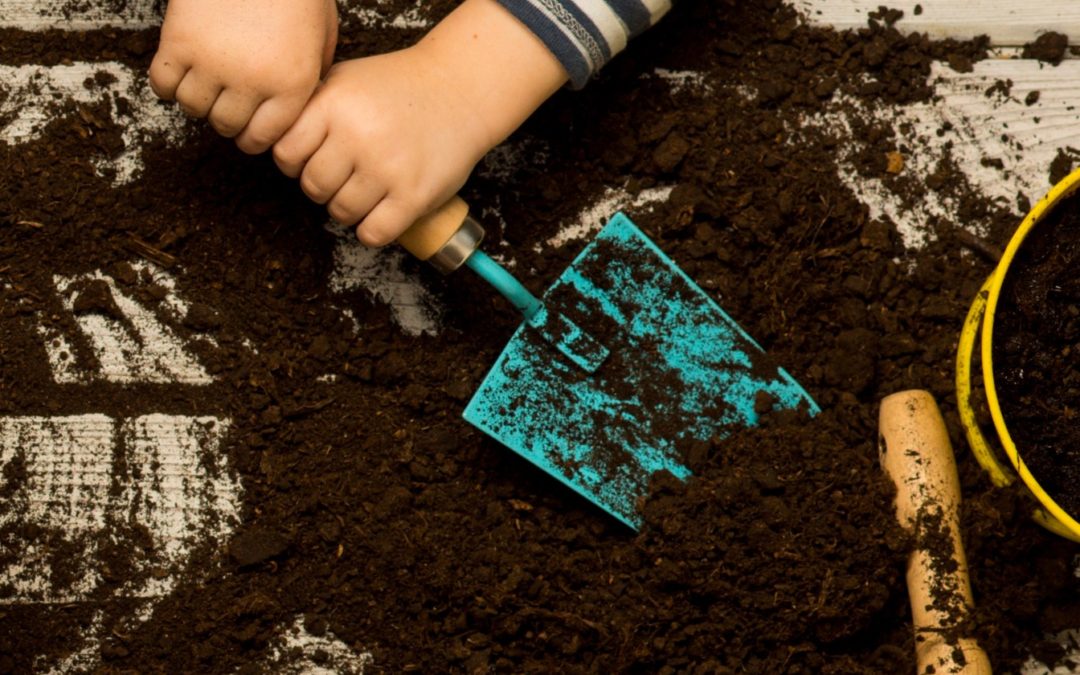
17 Essential Reasons to Teach Your Children How to Garden
It is no secret that gardening has so many positive benefits and rewards. Gardening is so special because while the ultimate goal is to grow and enjoy whatever vegetable, fruit, flower, or tree has been planted, the entire process provides the gardener with the opportunity to learn and practice a variety life skills and knowledge that can benefit them in all aspects of their life.
I know that when you have small children, it is sometimes easier to avoid including them in some projects and chores because they may not understand or may increase the time the tasks take. This is an easy habit to get into when you are trying to check off your to-do list and complete important projects.
I know that I am guilty of this. With small children, it is many times easier to wait until they are napping to work in the garden. Sometimes after I have considered the muddy mess that will come from allowing them in the garden or the extra attention that is required when we are spending time outside, I have decided against bringing them with me to the garden. However, this year will be different! My children will be older this year and my hope and goal is to include them with me while I garden and teach them these skills that I love so much.
While it could be so much easier to work on a garden without involving children, not including them is a lost opportunity to teach them some amazing life skills and lessons right your backyard.
Here are some of the AMAZING benefits that gardening will have on your children:
1) Provides fresh healthy food

One of the most important reasons to have a garden at all is for the fresh, healthy food that it will produce. The ability to have fresh food grown in your own backyard, make its way into your kitchen and onto your dinner table is just awesome. Establishing and encouraging the importance of eating healthy fruits and vegetables will be so much easier when your child can see the entire picture of where their food comes from.
My two boys LOVE broccoli and I buy it so much that we tend to have a lot of frozen broccoli. Nothing wrong with that but how awesome would it be to show them how it grows, have them water it, pick it, wash it in the sink and then have it for dinner!
2) Gets them outside

Fresh air! Having your children come outside with you to the garden will get them some much needed fresh air and sunshine. Gardening is a great way to enjoy the outdoors with your children.
Making sure that your garden is fenced in, will not only to deter pests, like deer or rabbits, but it will also allow you to garden with some piece of mind that your children are safe within the garden with you. This way they are also fenced inside the garden with you and can let you focus on exploring all of the wonderful plants that you have growing.
3) Practice planning and organization

Gardening requires planning and organization. Having your children help with the planning and organization can really get them invested in the project from the beginning. Proper planning and organization is necessary for almost every project or activity that we take on in life, so this is a great opportunity to emphasize the importance. Children can get involved in the decisions of what to plant, where to plant, and how much to plant.
Not only is gardening a great way to encourage forethought and proactive actions, but it also allows the child to see the big picture of the garden and really understand what it takes to grow and prepare the food that we eat.
4) Promotes physical exercise

Gardening is definitely a physical activity. Digging in the soil, carrying bags of mulch or harvested vegetables, and weeding are just some of the physical activities that are apart of gardening. Gardening allows you to incorporate some physical activity into your day without having to structure an activity or game.
While any reason to get your kids up and moving is a great thing, I love the idea of physical activities that are also productive and benefit a larger goal.
5) Strengthens problem solving skills

You are guaranteed to face some problems and challenges with your garden each year. Many of these problems are ones that you will have never faced before. One of the skills that tending to a garden teaches you is to be able to ask questions and do research. You will have to utilize your resources to come to a proper solution to the problem.
Teaching children to become good at asking questions and conduct research is so important for many aspects of their life. They will need to learn to think creatively and critically to overcome challenges that they face in any project they take on.
For example, having your children help with projects such as; developing a means of protecting the garden from deer or having them find a way to support the tomato plants, can really get them thinking critically and creatively. If their solutions are effective, they will gain confidence in their abilities.
6) Supports importance of goal setting

Children may not fully understand the importance of setting goals and working toward them, however this concept can still be implemented into their daily lives without making it a chore. With gardening, you can easily incorporate this important skill by talking about your gardening goals with your children during the planning phase. Speak to your children about what would make a successful garden and set up some milestones that can be celebrated along the way. This practice not only allows your children to see progressive growth in their hard work but also allows them to celebrate all of the mini successes that come along with gardening.
Celebrate when you see the seeds first start to sprout, when your first cucumber can be identified, or when you harvest your first carrots. Incorporating the idea of goal setting also allows for reflection at the end of the season.
Remember this may seem advanced for children but it does not have to be overly structured and painful! Just including them in discussions on what a successful garden looks like can really help them see the bigger picture and develop some great proactive habits.
7) Instills an appreciation for hard work

Some good old-fashioned manual labor is, unfortunately, something that not all kids experience regularly. While initially your children may groan and protest at the idea of outside physical chores, if it becomes a routine expectation, then it begins to transform into a lifestyle instead of just an annoying chore. Physically working to achieve a goal is something that should be valued and encouraged.
The benefit of physical labor is that typically at the end of the day you are able to step back and visually see what you have accomplished. It is so important for small children to be able to see their progress and appreciate the work that they have just completed. While you wouldn’t be trying to create little labor horses, you would be trying to eliminate the negative feelings of having to do physical work and instead help develop courage and strength in your children.
8) Teaches them self sufficiency skills

I love gardening for many reasons but one of the biggest draws for me to want to share it with my children is to teach them self sufficiency. I want my children to be able to live their lives without being dependant on the decisions of others and instead have the knowledge, skills, and confidence to live freely and successfully on their own reliance.
I am not a doomsdayer by any means but I truly believe that old-fashioned skills such as gardening, food preservation, scratch cooking, and animal husbandry still have an important place in a modern society and passing this on to our children will make them well-rounded individuals.
9) Promotes sensory stimulation

It is really never too early to start exposing children to your garden. One of the struggles with trying to garden while having small children is how to contain them and keep them busy and occupied while you get some work done! Some options are taking them outside to sit in a stroller while you weed or harvest. You could also set up a pack-n-play or play yard in the garden so that they can safely play. If they are able to move around, sit, crawl, or walk you could also let them wander around and investigate.
Gardening can really awaken the senses and allows children access to some brand new smells, sights, sounds, and textures to feel. Kids can play in the dirt, roll cherry tomatoes around, pick up bugs and worms, and splash in a bucket of water. Some of these simple sensory activities can keep children occupied while you get some much-needed gardening done!
10) Fosters an appreciation for nature

I must admit that even as an adult, I didn’t really have a huge connection to nature or fully appreciate the earth and animals until I started gardening. In today’s fast-paced world it is so difficult to slow down and spend some time taking in the joys of nature. By gardening with your children, you can emphasize the importance of taking care of the earth and all of its living things and develop a real connection and appreciation for the nature that is accessible right in their backyard!
11) Teaches them a sense of pride and responsibility

Independence is an extremely important thing for little kids. My boys are constantly pushing me away when I try to help them so that they can “do it themselves”. Gardening is a perfect way to allow them some controlled independence, which will help them develop a sense of pride and responsibility. Doing new things by themselves encourages confidence and allows them to be responsible and proud of their successes.
My oldest loves to carry baskets of vegetables and it makes him so proud to be able to fill a basket full of tomatoes and carry it to the house. What an awesome feeling for both your children and for yourself!
12) Teaches them to overcome failure

Gardening is full of failures. Every year you are pretty much guaranteed to face at least several different challenges, obstacles, or setbacks with your garden. While it may be frustrating, if you are already anticipating this, these challenges can provide some great learning opportunities for your children.
One of our last gardens was a HUGE failure. That season we experienced a record-breaking amount of rain and major deer and rabbit problems which made for an awful gardening year. We barely harvested anything that year. We were very disappointed but the experiences forced us to learn how to handle and prevent these challenges in the future. Understanding and dealing with failure is a very important lesson that children can learn from gardening.
13) Encourages them to try new foods

One of the great things about getting children involved in gardening is that it allows them to be more connected to the food they eat. Watching the entire growing process of a green bean plant can encourage much more excitement about trying something new than just buying it at the store. Actually having a part in growing, harvesting, and preparing the vegetable, could encourage curiosity in a child making them more likely to try a vegetable they would otherwise be opposed to.
14) Teaches them patience

Patience is a virtue! Gardening definitely teaches all of us patience. Once you plant that initial seed, you will have to wait for the plant to grow, then wait for the vegetable to grow and be ready to pick, and lastly, wait to eat it. These steps requiring patience will help your children understand that not everything can be obtained instantly. Instant gratification has no place in gardening and in my opinion, that is so refreshing!
15) Emphasizes family bonding

I LOVE the idea of treating the garden like an entire family project. As there are so many tasks in gardening, everyone can have a special responsibility and job. This not only encourages teamwork among the family but also allows the child to own a part of the garden where they can see the benefits of their individual efforts of hard work. A family should rely on each other but also encourage and elevate each individual. Gardening is a wonderful way of incorporating this into your family’s lives. In the end, you all get to reap the benefits and eat the food!
16) Introduces intentional living

Today, there is so much instant gratification and social media that sometimes it is so refreshing to have something real, natural, and intentional. The term “intentional living” basically means that you are aware of the values and beliefs in which you want to live your life by and you make your decisions and actions accordingly. There are many reasons as to why someone would choose to live a homesteading lifestyle.
It seems that all of those reasons are generally based on the desire to provide their family with security, love, and protection. For our family, we want to provide our children with security and protection in the way of teaching them to be self-sufficient so that they can be successful regardless of the actions of other people. We also want to foster a close family unit which to us looks like teamwork to complete family projects and work towards a family goal that will be beneficial to all of us. These values and beliefs are the driving force for our decision to homestead and by living out those dreams, our children are also learning to create their own dreams and take action.
17) Nurtures thier creativity

What I love so much about gardening is that it can be a personal and private endeavor for you and your family. This allows you the freedom to really manage and care for the garden however you see fit. (It may not always be successful depending on some decisions but that is ok!) This allows you a certain level of freedom to be creative and experiment, what an awesome opportunity to let your kids express their creativity.
You could let them paint the inside of the fence whatever color they want, let them make signs and markers for the vegetables in each garden bed, or you could let them pick out a crazy colored carrot to plant, or a vegetable you have never heard of. The possibilities are endless and you all will have fun doing it!
There are so many reasons to garden with your children this year. Even if you have never had a garden before, start slowly and try out a small garden this year. Your family is sure to love all of the exciting benefits and rewards that gardening can bring you.
For some tips on how to successfully garden with small children, check out this past post: 6 Easy tips for successfully gardening with small children

Welcome to Wingin’ it on the Homestead! My name is Stephanie Leaf. I am a wife to a can-fix-anything husband, mother of two boys under 3, future expert gardener, lover of anything old and dusty, and inspiring homesteader. My family and I are new to this journey and loving every minute of it. Please join me in embracing a simpler life!


